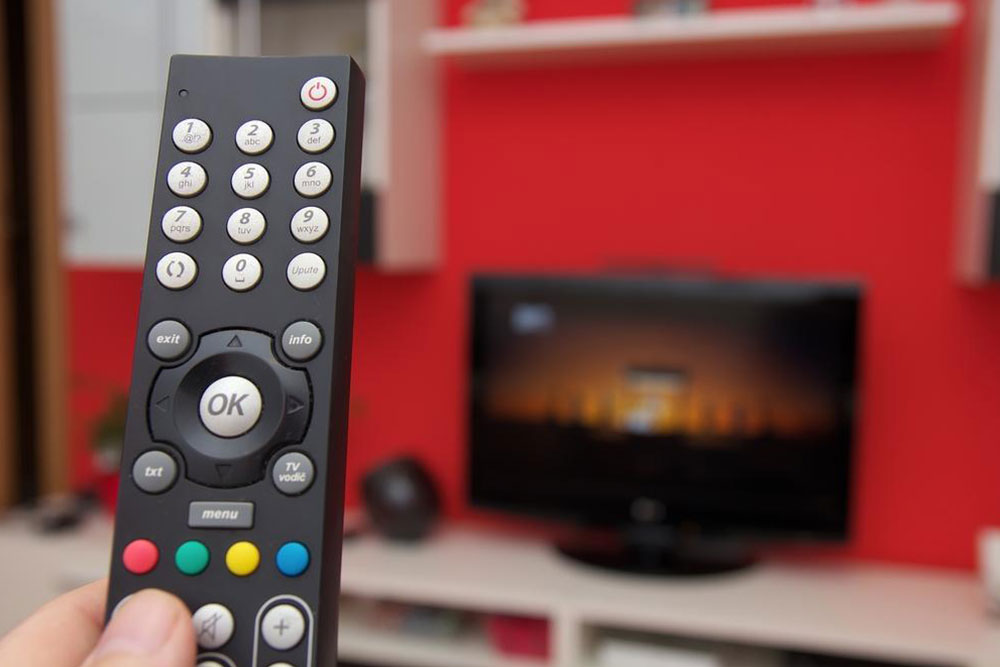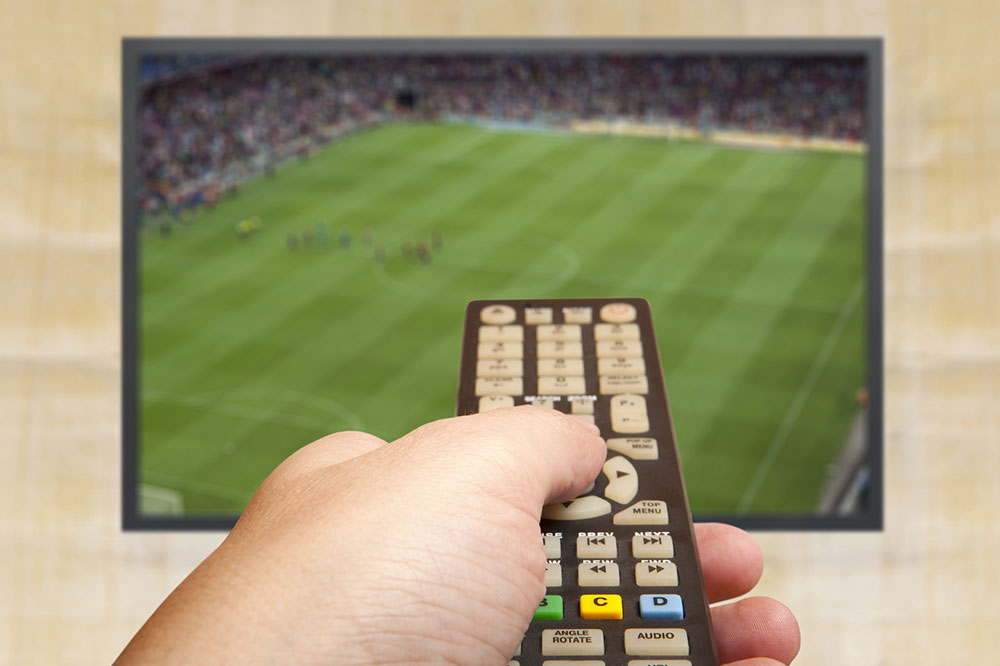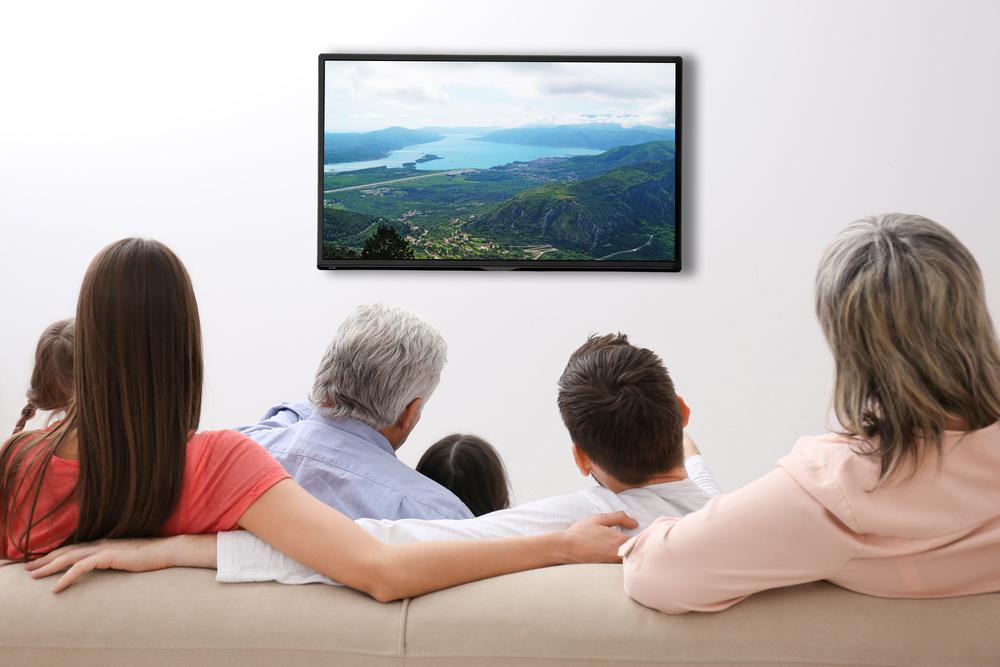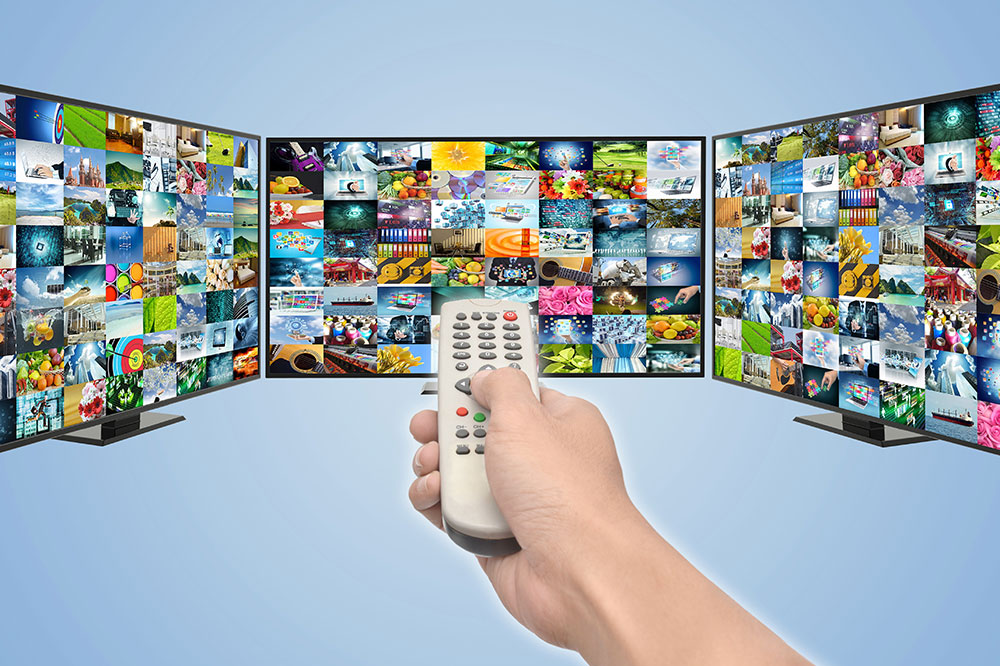The History and Development of Cable Television
This article explores the history and evolution of cable TV, highlighting its growth, modern features, and the importance of choosing the right service package. It discusses major providers, bundled services, and shopping tips, emphasizing the role of high-quality televisions and ongoing deals. A comprehensive overview suitable for consumers interested in cable television's development and current trends.

Television remains one of the most popular forms of entertainment among consumer electronics, with cable TV playing a crucial role in its widespread popularity. Millions rely on cable connections to access a variety of TV channels. The origins date back to 1948 when cable TV was introduced to improve signal reach in remote areas. Over time, it expanded to major urban centers globally. Today, cable TV delivers programs via coaxial or fiber-optic cables, providing a broad array of channels. Modern cable providers often combine TV services with high-speed internet, offering convenience and value. Leading providers include Xfinity, Charter Spectrum, Cox, Verizon Fios, and Optimum. When choosing a package, consumers should compare channel options, internet speeds, data limits, and costs. Many plans also include phone services, making cable TV and internet bundles a popular choice. Although Black Friday is known for deals on televisions, many providers offer discounts year-round. A quality TV is essential for enjoying cable services, but shoppers should research to find the best deals.
Disclaimer: Our blog offers diverse information based on research, but content should not be considered definitive. Data may vary across sources, and readers are advised to verify details before making decisions. The website is not responsible for discrepancies or unlisted offers.










